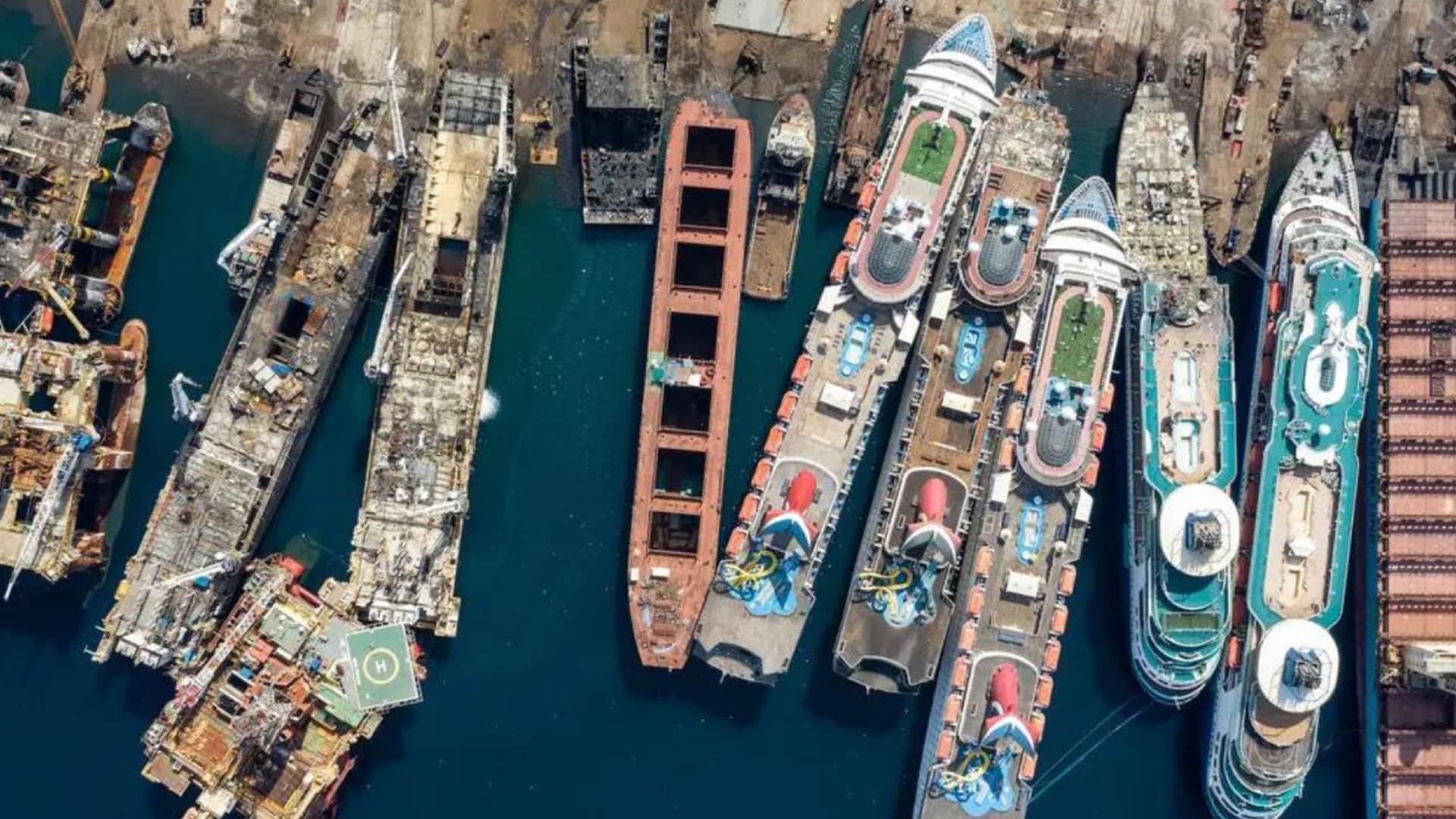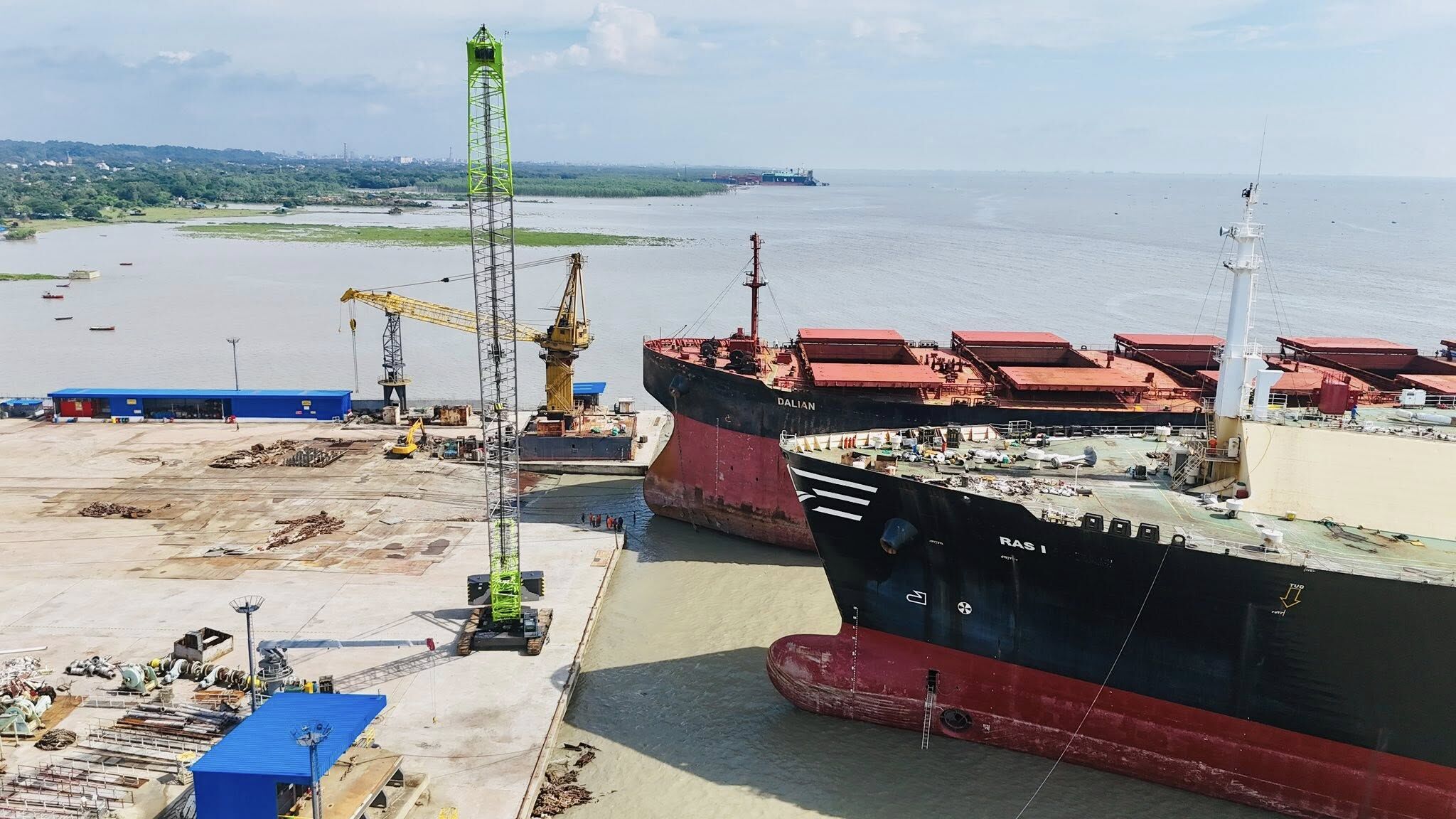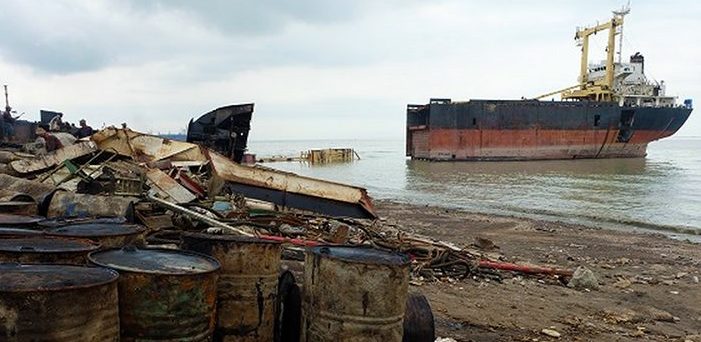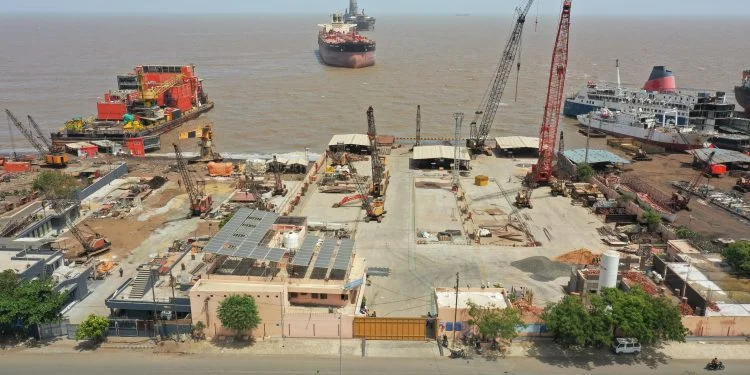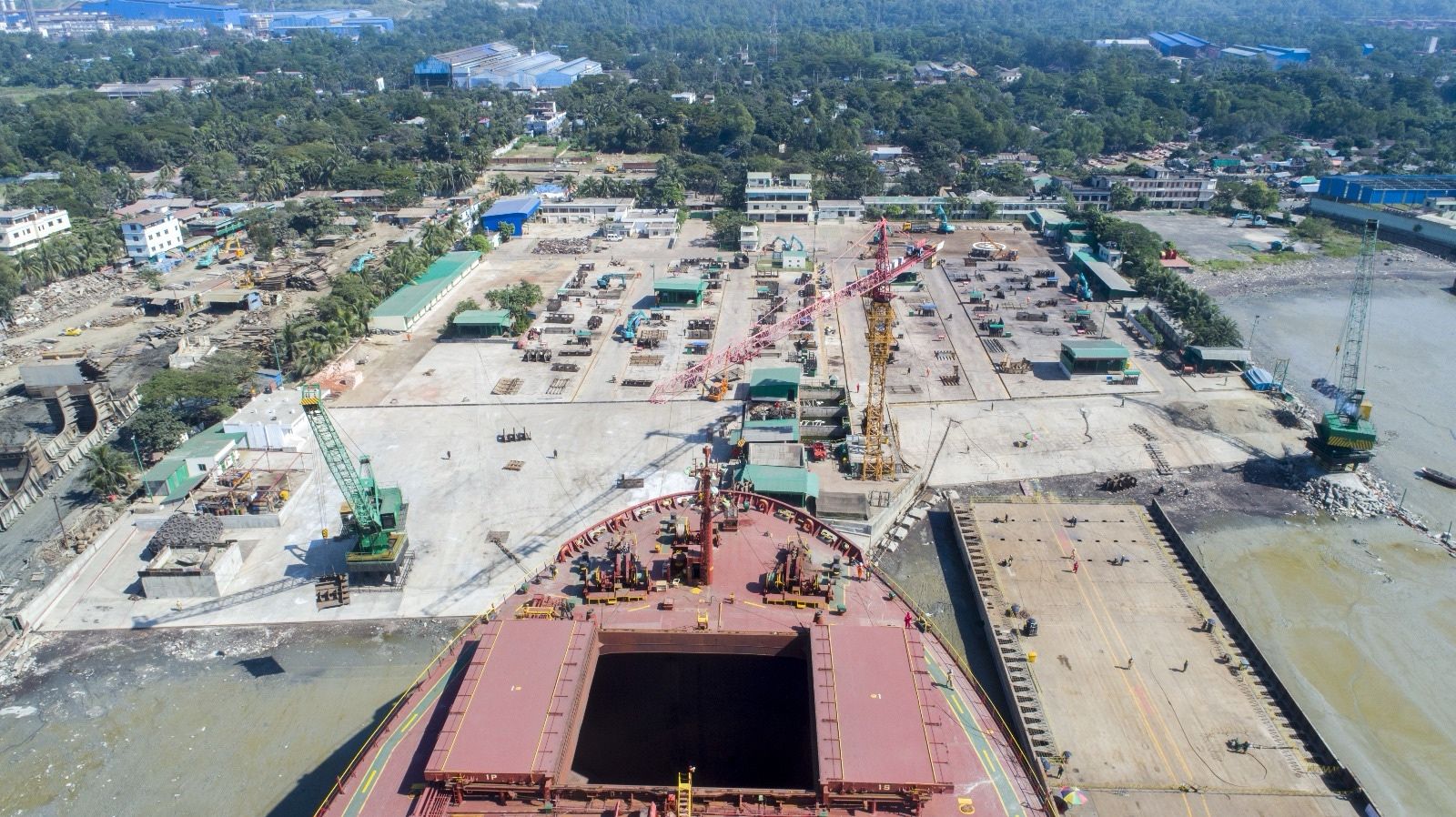India’s Ship Recycling Industry Set for Strong Growth in 2025
India’s ship recycling industry is poised for robust expansion, with dismantling volumes expected to touch between 3.8 million and 4.2 million gross tonnage (GT) in 2025, compared with an estimated 2.3 million to 2.6 million GT in 2024. The projections, made by CareEdge Ratings and cited in a Press Trust of India report, signal a sharp rebound for the industry after a period of relative moderation.

According to the report, India handled about 33 percent of global gross tonnage dismantled in 2023, second only to Bangladesh, which accounted for 46 percent. “India’s ship recycling industry is poised for major growth in CY25 and is expected to witness similar recycling levels in CY24, with an estimate of 2.3 to 2.6 million GT, thereafter a jump to over 3.8 to 4.2 million GT in CY25,” said Sajani Shah, Assistant Director at CareEdge.
The agency has also projected that the industry will continue to expand at a compound annual growth rate (CAGR) of around 10 percent during 2026 to 2028. Analysts point to several factors driving this growth: a cooling-off of the Baltic Dry Index, stabilization of heavy melting scrap (HMS) prices, and a rise in obsolete ships expected to enter the recycling stream. Together, these developments are likely to create favorable conditions for Indian yards to attract more vessels in the coming years.
The report highlights that India’s share in global recycling has risen notably in recent years. While the country maintained about 27 percent of the global share in earlier periods, it increased to around 33 percent in both 2022 and 2023. This reflects not only India’s strengthening position but also a broader decline in global ship recycling activities, which has left room for Indian facilities to expand their role. In terms of actual dismantling volumes, India recycled 2.26 million GT in 2022 and 2.47 million GT in 2023.
One reason for the resilience of the sector lies in its financial structure. Ship recyclers generally operate with relatively low debt levels, flexible labor arrangements, and low fixed overheads. This allows them to withstand fluctuations in recycling activity and to adapt quickly to changing market dynamics. As a result, when the availability of obsolete vessels rises, Indian recyclers are well positioned to capture additional business.
Globally, the demand for ship recycling is being reinforced by the entry of newer, more efficient vessels into service. As shipping companies modernize their fleets, older ships become increasingly uneconomical to operate, pushing them toward dismantling yards. At the same time, stability in freight markets and scrap prices adds predictability to the recycling industry, enabling buyers and recyclers to plan with greater confidence.
In India, however, the industry has faced challenges in recent years due to volatile scrap prices. CareEdge pointed out that the sector saw a decline in activity during FY23 and FY24 as HMS prices surged. Prices in Bhavnagar, Gujarat—the heart of India’s ship recycling industry—rose from Rs 28,800 per tonne in August 2020 to Rs 54,400 per tonne in April 2022. The spike was driven by global supply chain disruptions and higher steel demand during the post-pandemic recovery period.
Since then, the market has adjusted, with prices easing to Rs 39,900 per tonne by December 2023. Over the course of 2023, HMS prices stabilized within a band of Rs 36,000 to Rs 44,000 per tonne, creating a more predictable cost structure for industries dependent on scrap metal. This stability is now seen as an important factor supporting the recovery of ship recycling activity.
The significance of India’s ship recycling industry extends beyond domestic steel demand. Globally, four countries—Bangladesh, India, Pakistan, and Turkey—dominate ship dismantling, accounting for more than 90 percent of the total recycled volume, according to ICRA. Within India, Alang in Gujarat remains the epicenter of recycling activity. Known as one of the largest ship recycling facilities in the world, Alang hosts over 140 active yards and provides employment to thousands of workers, while also supplying large volumes of scrap steel to domestic markets.
Industry observers note that the future of ship recycling will increasingly depend on infrastructure quality and adherence to green recycling standards. Countries that are able to offer safer working conditions, compliance with international environmental norms, and upgraded facilities are likely to attract a larger share of the global fleet for dismantling. India has already made strides in this direction, with several yards at Alang certified under the Hong Kong Convention standards for safe and environmentally sound recycling.
Looking ahead, experts suggest that the convergence of rising obsolete ship availability, stabilizing scrap prices, and India’s expanding green recycling infrastructure could firmly cement the country’s position as a global leader in ship dismantling. For an industry that has long played a crucial role in global shipping and steel markets, the outlook for 2025 and beyond signals both opportunity and responsibility as India navigates the next phase of growth.
Author: shipping inbox
shipping and maritime related web portal




